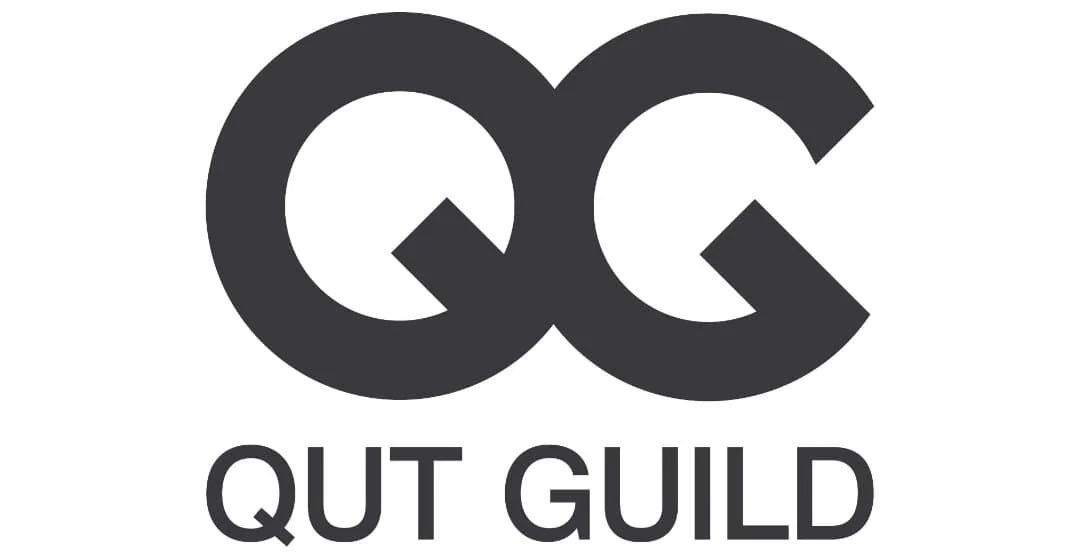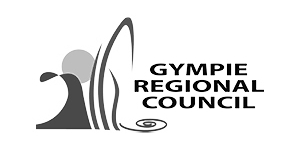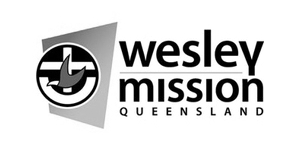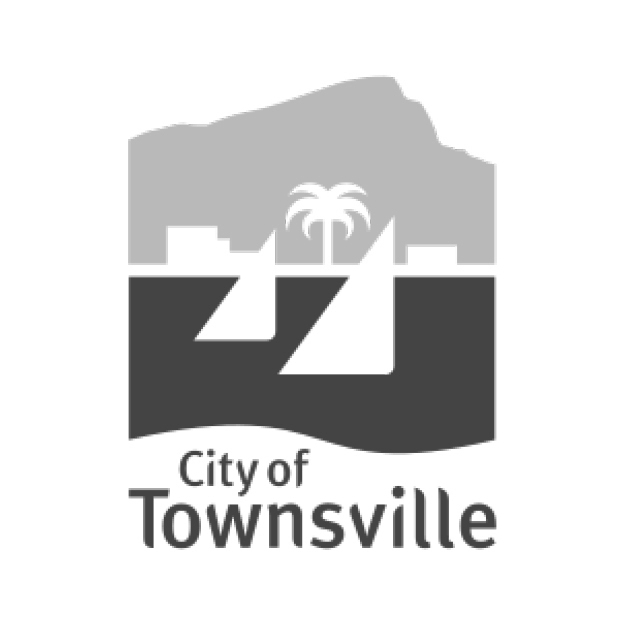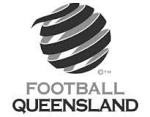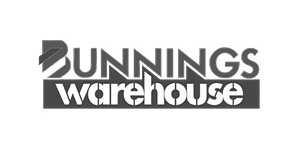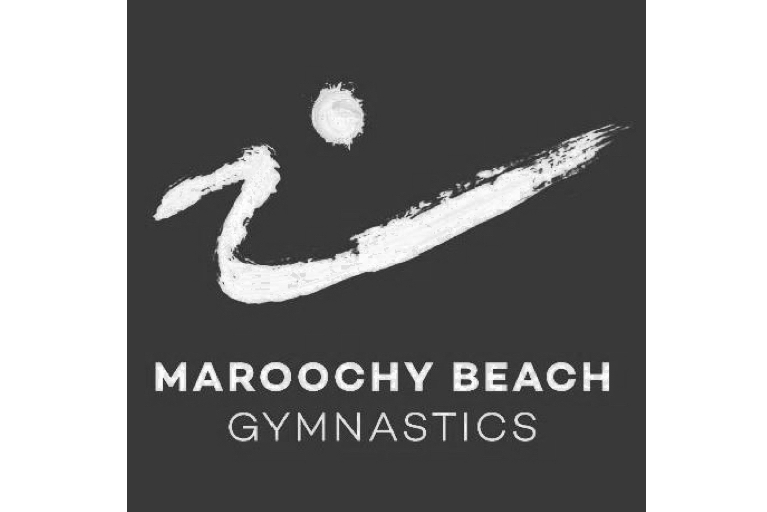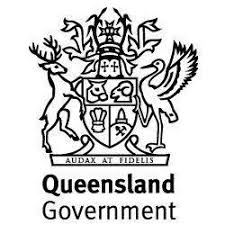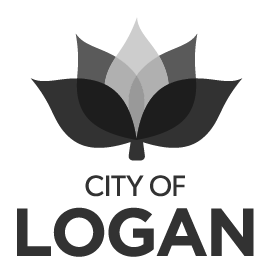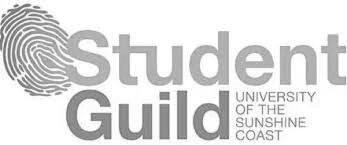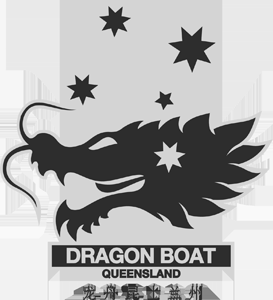Rethinking The ‘Value Proposition’ of Sports Clubs
Michael Connelly
“Who thinks their sport is expensive?” This is a question that I love to ask when presenting at conferences or workshops with sports clubs and associations.
Now, before I let you know the number of hands that usually go up, keep in mind that at these conferences, I’m speaking to the leaders of sporting organisations; club committee members, association board directors, presidents and treasurers. These are the people who need to understand how to run their organisations sustainably.
So while it doesn’t surprise me that usually about two thirds of hands go up, it still disappoints me that committee volunteers are of the opinion that playing sport in Australia is expensive.
Let’s put this in perspective. If I am a parent of a 6-year-old wishing to play football in Brisbane (or we can call it soccer for the sake of my rugby league, AFL and rugby friends…), I will probably need to pay somewhere between $300 and $400 for the season. As my child grows, so will the fees. If we are lucky enough to have a bit of a gun player in the house, we may end up paying $2,000 to $4,000 each year for Premier League.
Now before you put your chips down on whether this is expensive, consider what you are buying for your money. To run a club takes facilities, equipment and people. And if your club plays in higher divisions or leagues, the amount and the quality of each of these needs to increase accordingly.
Let’s break it down a little further, starting with facilities. We need massive areas of land, fields, irrigation systems, field lights, goals, dugouts, change rooms, toilets, showers, a clubhouse and car parking. For equipment, we need balls, bats, pads, markers, nets, timing gear, a PA system, computers, printers, furniture, and the list goes on.
And never forget about the people; coaches, managers, officials, scorers, strappers, ground officials, caretakers, cleaners, registrars, presidents, secretaries and treasurers.
When you add up the value of everything in the lists above, you’ll usually find that the total runs well into the millions of dollars. And this is before you consider the dollar value of the time contributed by volunteers and that clubs have to pay for another long list of ongoing expenses, like asset maintenance, repairs, rates, registration and affiliation fees, insurance, lease fees, audit and accountancy fees and online subscriptions.
Now divide all of this value by the number of members in a club and that number should make membership fees seem like incredible value for money, regardless of whether they are $300 or $3,000. It is this value that parents feel, not just the cost.
So what is it that makes my friends at workshops and conferences have a mindset that sport is expensive? I think it’s simply conditioning.
We have been conditioned by our predecessors, our parents and even our governments to strive to be the cheapest club in the league. We try to attract sponsorship to offset the costs of preparing our fields. We run raffles and sell sausages at hardware stores to make money to buy playing jerseys. We look for grants in the hope that we can use them to buy new equipment rather than having to pass on our costs to our customers. That’s right, customers. Not members; customers.
Make no mistake. Sport is business. BIG business! Recognising that we are going to see a COVID-19-driven dip in these statistics for 2020, according to the most recent ABS report[1], sport contributes an estimated $13 billion annually to the Australian economy. Because sport is an intrinsic part of the Australian way of life, I expect that Mums and Dads will continue to pay for sport for their kids and themselves, even in harder economic times like we are entering now.
For this reason, when speaking to groups big or small, I never say, “You need to run your club like a business.” I don’t say this because it’s a dumb thing to say! You don’t need to run your club ‘like’ a business. You need to run it as the business it is!
As community sport in Australia starts the journey back to the field, court, track, pool and gym, leaders in sport, including peak bodies and Council sport and recreation officers, have a great opportunity to think more strategically about club business models. If you have been running a club on raffle ticket sales and sausage sizzles at hardware stores, wouldn’t it be wiser to develop a revised fee structure based on the economic reality of your costs?
Just because things have been done one way in the past is no reason to keep doing them like that if you aren’t getting where you want to be. As the economy recovers over the coming seasons, start a journey to a new business model for sports clubs that accounts for the amazing value that these clubs contribute to your community, both economically and socially. Strategically setting your club’s value proposition is always a choice – your choice as a community leader in sport.
[1] According to the report, Value of Sport, Australia (2013), the combined value of the sport sector in 2011-12 was $12.8 billion.




